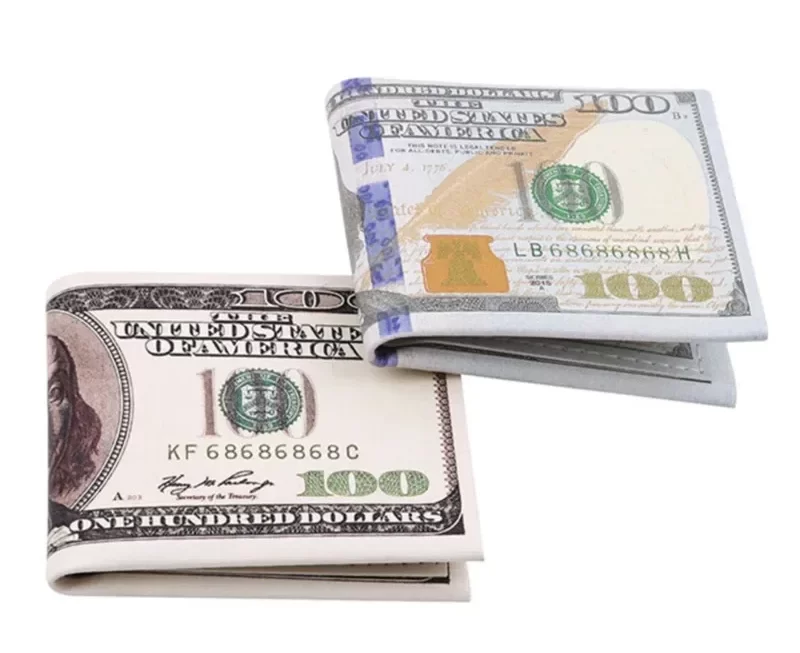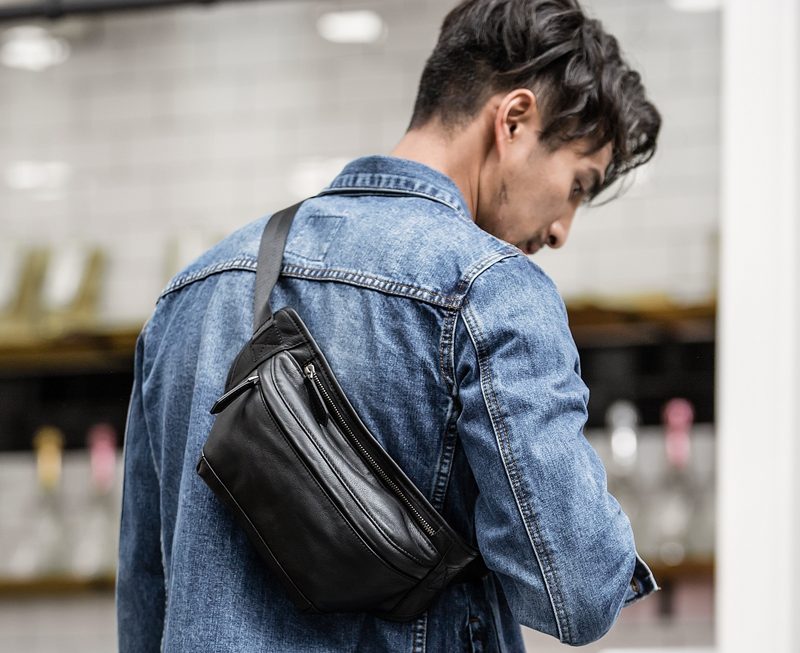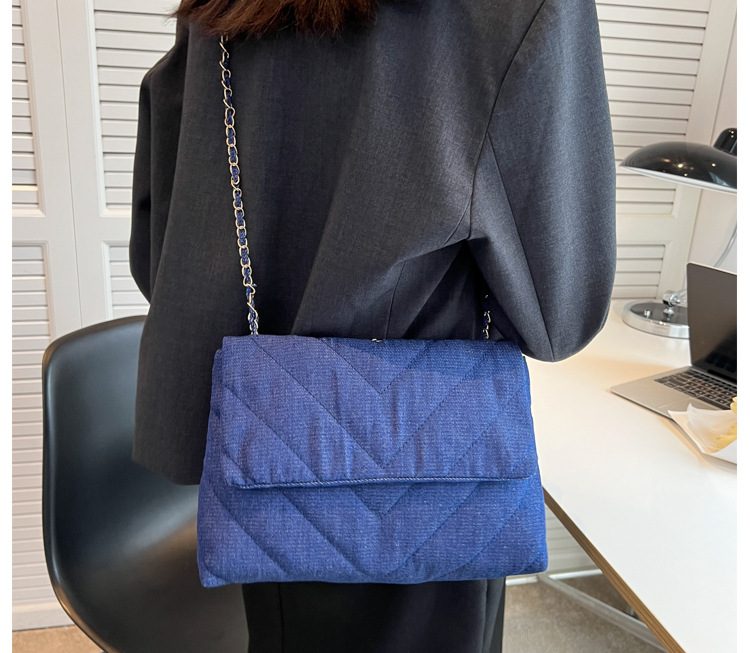Introduction to Paper Wallets
Paper wallets are simple and cost-effective. They represent a physical way of storing information, like currency or gift cards. How to make a paper wallet? This form of wallet is becoming popular in craft circles and as a means of giving unique gifts.
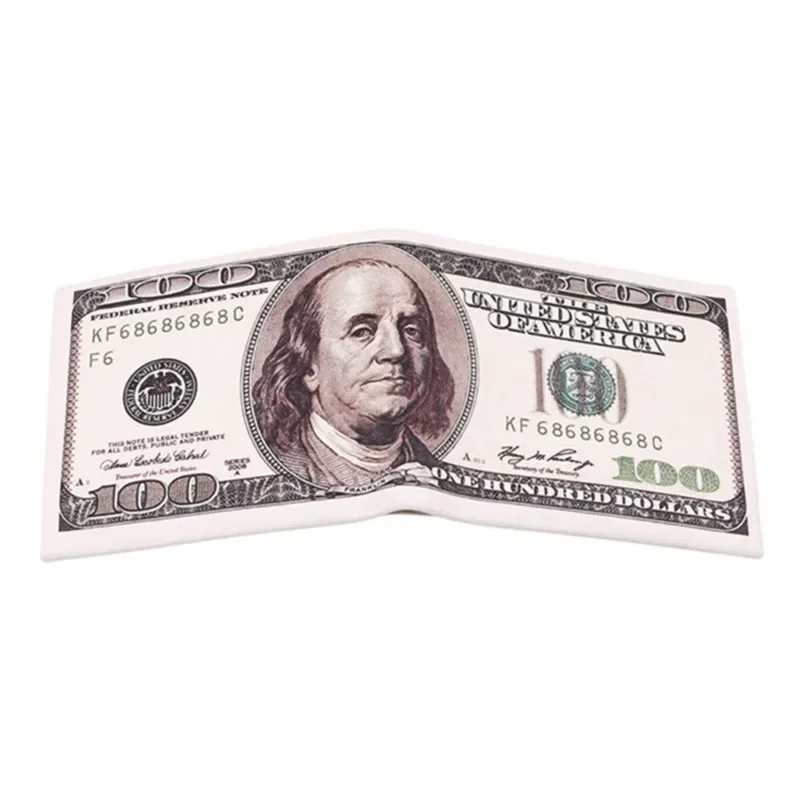
What is a Paper Wallet?
A paper wallet is a folded piece of paper used to hold money and cards securely.
It’s a DIY wallet made from paper.
No fabric or leather is needed, offering a unique spin on traditional wallets.
Creating a paper wallet involves folding techniques that anyone can learn.
Benefits of Using a Paper Wallet
Paper wallets have several advantages.They are lightweight and easily replaceable.For those interested in sustainability, they are eco-friendly and recyclable.They offer an excellent way to express creativity.Wallet-makers can choose patterns and colors to reflect personal style.During ‘how to make a paper wallet’ tutorials, skills sharpen with practice.
Necessary Materials for Crafting a Paper Wallet
When embarking on how to make a paper wallet, it’s essential to gather the right materials first. Preparing adequately ensures smooth crafting and high-quality outcomes. Here’s what you’ll need.
Choosing the Right Type of Paper
Choosing the perfect paper is crucial for crafting a durable and stylish paper wallet. Heavier paper types, like cardstock or scrapbooking paper, work best. These materials not only hold up better in daily use but also fold crisply, maintaining the wallet’s shape. Consider using recycled paper to align with eco-friendly practices.
Tools Needed for Paper Wallet Making
In addition to selecting the appropriate paper, you will need a few basic tools:
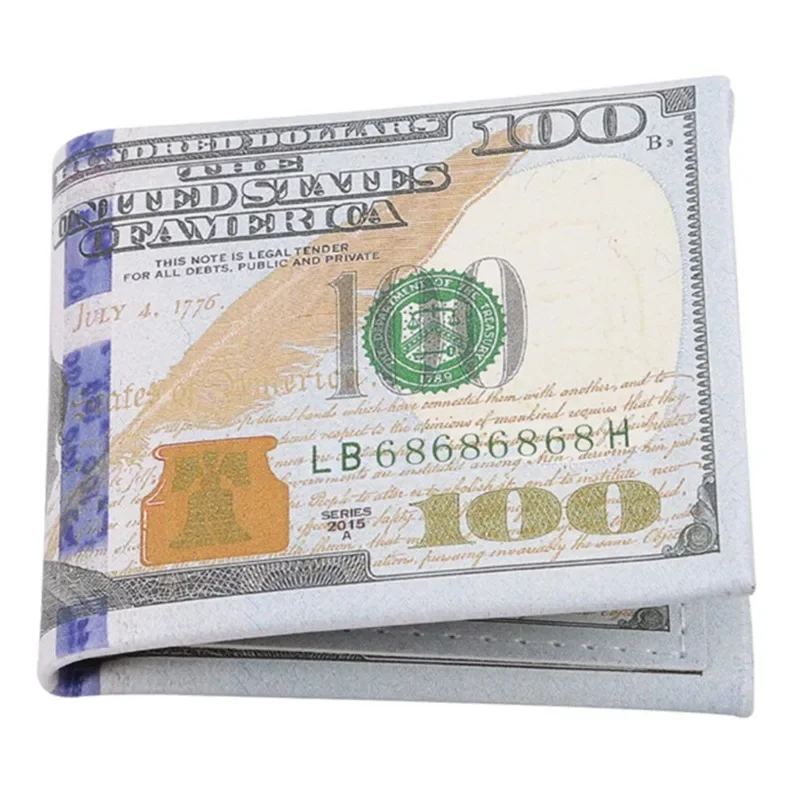
- Scissors or a craft knife to cut the paper cleanly.
- Ruler to measure and ensure precise folds and cuts.
- Folding tool (like a bone folder) for sharper creases, which offer enhanced wallet durability.
- Glue or double-sided tape to secure edges that may otherwise fray or open up.
Having these tools on hand will make the process of creating your paper wallet smoother and more enjoyable.
Folding Techniques for Paper Wallets
Creating a sturdy paper wallet depends on your folding skills. Here, we’ll cover basic to advanced techniques.
Basic Folding Methods
Begin with a simple bi-fold design, ideal for beginners. Start by folding your paper in half. Smooth out the crease with a folding tool. Fold in half again to form the wallet’s basic shape.
For card slots, fold the edges of the paper into the center. Make sure the edges are straight and the folds are tight. Use your ruler to check alignment. Sharp creases are crucial here to maintain shape.
Advanced Folding Techniques
Ready for more complexity? Try a tri-fold wallet. This design gives you more space and slots.
First, divide your paper into thirds. Fold one side towards the center, and repeat with the other side. Remember, accuracy is key – use your ruler!
To create multiple card slots, make additional folds parallel to the top and bottom edges. Secure these with just a bit of glue or double-sided tape.
Some crafters even incorporate origami techniques for unique wallet shapes. Experiment with different patterns and see what works for your style and needs. As they say, practice makes perfect.
Decorative Ideas for Personalizing Your Paper Wallet
When you learn how to make a paper wallet, personal touches make it special. Here are some ideas.
Using Colors and Patterns
Colors and patterns express your personality. Bold colors make your wallet stand out. Soft tones suit a minimalist aesthetic. Patterns add a playful twist or elegant charm. Mix and match to find your look.
Use printed papers for instant flair. Consider themes – floral for nature lovers or geometric for a modern vibe. Align patterns carefully when folding. This attention to detail enhances the wallet’s appearance.
Adding Functional Elements
Functional elements combine style with usefulness. Add pockets for coins or a clear section for ID. These can be made with contrasting colored paper or with the same pattern for unity.
Tabs are practical for easy opening. A simple cut and fold can create a tab. Secure it with a bit of glue.
Elastic bands or paper clasps offer closure solutions. Decorate these to match your wallet. They keep contents safe and add a design feature.
Remember, every additional element must work with your folding technique. Plan each add-on carefully to maintain the wallet’s integrity. Whether for use or as a gift, your custom paper wallet can be both practical and stylish.
Securing Your Paper Wallet
Creating a paper wallet is not just about the making process; ensuring its durability and protection is equally important. Here’s how to keep your paper wallet secure and extend its lifespan.
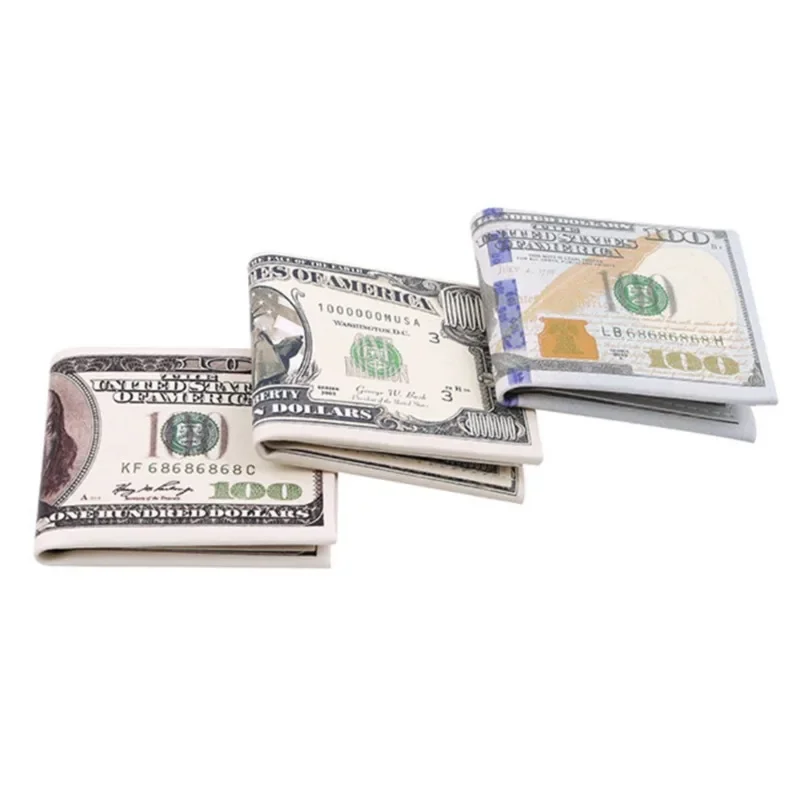
Tips on Keeping the Wallet Durable
To maintain your paper wallet’s durability, consider the following tips:
- Use High-Quality Paper: Opt for thick cardstock or heavy-duty scrapbooking paper, as they withstand wear and tear better.
- Reinforce Fold Lines: Apply clear tape or a thin layer of glue along the fold lines. This step strengthens the wallet’s structure.
- Minimalize Exposures: Keep the wallet dry and avoid exposing it to damp conditions. Store it in a dry place when not in use.
- Regular Inspections: Periodically check for signs of wear or loose ends. Repair them promptly to prevent further damage.
How to Waterproof Your Paper Wallet
Water can quickly damage paper products, but you can take steps to waterproof your homemade wallet:
- Use Waterproof Spray: Apply a thin layer of a waterproofing spray made for paper. Ensure even coverage.
- Wax Coating: Rubbing beeswax over the surface can also provide a water-resistant barrier. Make sure to cover all external surfaces evenly.
- Laminate Your Wallet: For maximum protection, consider laminating the wallet. This method seals the paper completely from moisture.
These techniques in securing your paper wallet will help extend its usability and preserve its craftsmanship. Remember to handle the wallet gently and store it properly to maximize its lifespan.
Step-by-Step Folding Process
Crafting a paper wallet requires precision and care during the folding process. Follow these steps to ensure your wallet is both functional and aesthetic.
Preparations and Measurements
Before you start folding, prepare your workspace. Make sure it is clean and flat. Select the paper you’ll use following the guidelines in the previous sections. Measure the paper according to the wallet design you have in mind. Use the ruler for accurate measurements and mark lightly with a pencil where you’ll need to fold.
Next, ensure all tools are within reach. This includes scissors or a craft knife, the ruler, folding tool, and adhesive material. Pre-cut any additional papers for pockets or decorative elements now. This prep saves time and helps avoid mistakes during the folding process.
Detailed Step-by-Step Instructions
- Fold the Paper in Half: Align the edges neatly. Use the folding tool to sharpen the crease.
- Form the Basic Shape: Fold in half again if making a bi-fold or fold into thirds for a tri-fold. Double-check alignments.
- Create Card Slots: For bi-fold, fold the edges to the center to make slots. For tri-folds, fold additional flaps inside.
- Secure the Folds: Apply glue or double-sided tape to hold the folds, especially for card slots and edges.
- Add Decorative Elements: If you’ve designed decorative features, attach them now. Align patterns and colors with care.
- Reinforce the Wallet: Use clear tape along the edges and fold lines to strengthen the wallet.
Take your time with each step. Check alignments and folds as you go. A well-made paper wallet should have tight creases and straight edges. Remember to let any adhesive dry completely before moving to the next step.
With these steps, you should have a sturdy and stylish paper wallet. Keep practicing to improve your skills and try new designs and techniques as you gain confidence.
Final Touches and Maintenance
Once you finish your paper wallet, the final touches are crucial. Making it look neat and ensuring it lasts longer is key. Here’s how to maintain the wallet’s quality.
How to Keep Your Paper Wallet in Good Shape
Taking care of your paper wallet will make it last longer. Here are some tips:
- Handle with Care: Always be gentle when using your paper wallet.
- Keep it Dry: Avoid contact with water to prevent damage.
- Store Properly: When not in use, keep your wallet flat in a safe place.
- Avoid Overstuffing: Do not put too many items in your wallet to prevent tearing.
- Clean Gently: Wipe with a dry cloth if your wallet gets dirty.
By following these guidelines, you help ensure that your wallet remains in good condition over time.
Troubleshooting Common Issues
Even with great care, sometimes issues arise. Here’s how to fix them:
- Loose Edges: If edges come undone, use a small amount of glue or tape to secure them.
- Faded Colors: If your wallet’s colors fade, you can redraw them with markers or pens.
- Wrinkles and Creases: To fix wrinkled paper, gently iron on a low heat setting with a piece of cloth in between.
- Worn-out Folds: Reinforce the folds with clear tape to keep them sharp.
Handmade items like paper wallets might need minor repairs over time. By knowing these quick fixes, you can extend the life of your wallet effortlessly.
